HOW TO: SAFETY !!!
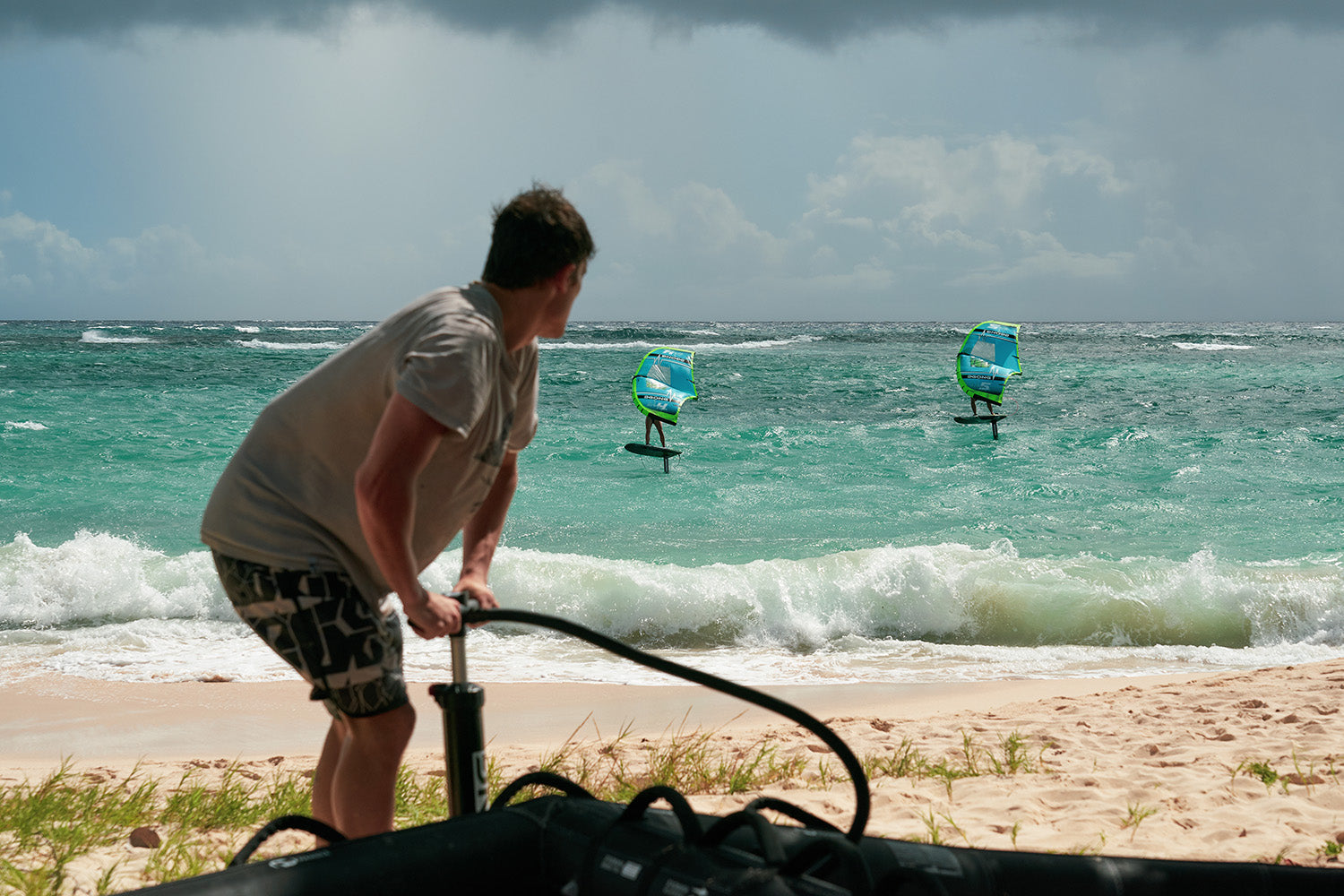
Because our role has been, and always will be, to accompany you throughout your progress, we have created a How To section for everything related to the practice of the Wing. From the most basic to the most radical moves, you will find everything you need to understand and improve your technique.
For safe practice of the Wing, you must respect a few guidelines, the regulations and the common sense at sea.
The Waves:
An important aspect when choosing a suitable spot is the waves. The Wing is a fabulous piece of equipment but unfortunately relatively fragile if you let it get chewed up by the waves. Same for the Foil, which hates to be picked up and thrown around by the waves. So, it is absolutely necessary to avoid the shorebreak, the spots with powerful waves and all the spots which can send you in the waves by mistake (drop of wind, current…). Remember that the ocean has tides and that a flat spot at low tide can become devastating at high tide when you want to get out of the water.
The Offshore Wind:
While the departure will be super easy, it will be just as difficult to return by land wind or even dangerous. Indeed, the offshore wind will take you out to sea. And even if your Foil allows you to have a heading you still have to be able to get back to shore. As the offshore wind is generally irregular, it can complicate everything. The huge advantage of the Wing in a land wind is that you have a Board with volume. In the worst-case scenario, you’ll lie down on the Board, attach the Wing to your foot and paddle back to shore. But beware if the wind is strong this maneuver is impossible because you will drift faster towards the open sea than you can paddle. There the danger is real. Below 15 knots you can row a few dozen meters into the wind. But above 20 knots it’s impossible and that’s when the big worries begin, which means calling for help: the disaster… Same thing if you get injured, you won’t be able to get back to shore and the wind will carry you out to sea with your injury.
The Weather Conditions:
Stable conditions are a key factor in your safety. The tide will change, but so will the weather. Some spots are more prone than others to these changes. You need to be aware of this and prepare for it, even if you have to give up. Take the weather forecast and information that will allow you to anticipate problems. A good Winger is an old Winger ?
Rocks:
You have to avoid spots with rocks or know perfectly where they are, which is not the case if you are looking for a spot. Rocks are a danger for your Foil, for your Wing, but also for you. Imagine what happens if you fall at full speed into them, or if the waves throw you into the rocks?
The Currents:
Having the current going downwind is the worst thing: Everything will take you downwind. You’ll spend your session doing upwind… In this case, you’ll have to be very careful that downwind there is absolutely no danger to which you could accidentally run aground. If the wind is against the direction of the wind, then in case of a problem, the current will keep you there and you will be able to return home without much difficulty: paradise.
Beware, the currents can vary in intensity and reverse in the ocean!
Other situations:
Vigilance concerning the others which at least in your beginnings will represent a potential problem: Windsurfing Boards, Kites, Jet Skis, Boats etc… all the maritime traffic can cause you problems. You must be careful to go to a free and clear spot to allow you to navigate in complete serenity.
On the other hand, be careful if you come across a deserted spot: it’s as sure as there is a reason. It must arouse suspicion in you. Remember that no one will help you if you are alone.
The distance and the isolation make you dream but pose logistical problems for both you and the rescue team. Be careful.
Regulations:
One last point of vigilance: regulations. As they stand, they are the same as those for windsurfing in most countries. It must be respected, especially when wearing a floatation system. And it is imperative to have a Leash on the Board and one on the Wing, both in good condition.
Key Points:
- The waves
- The direction of the wind
- The Weather
- Dangers
- Other situations


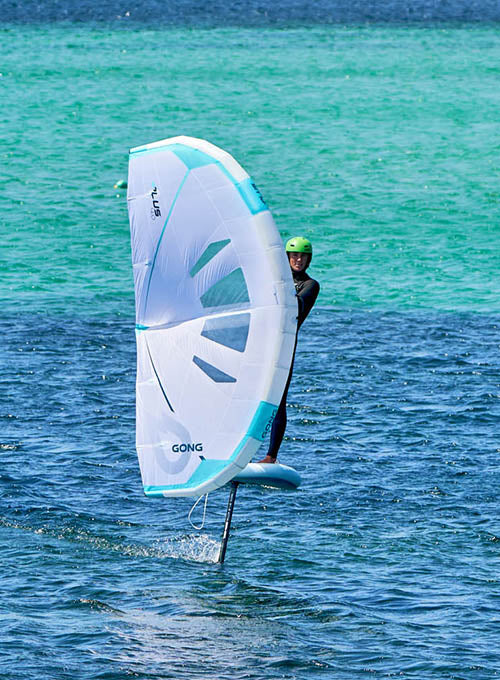
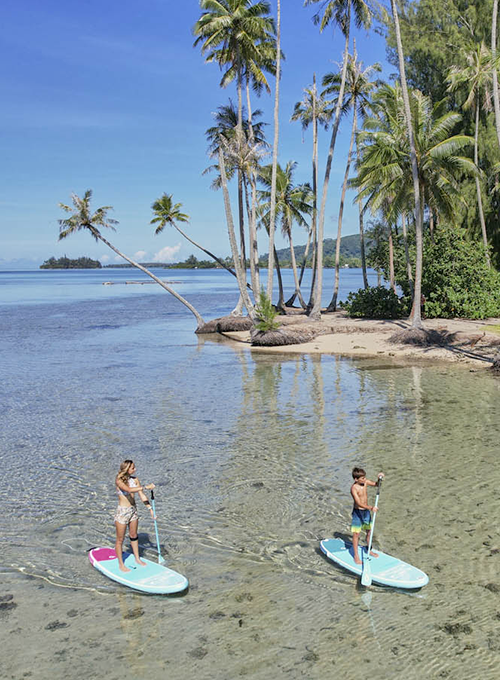
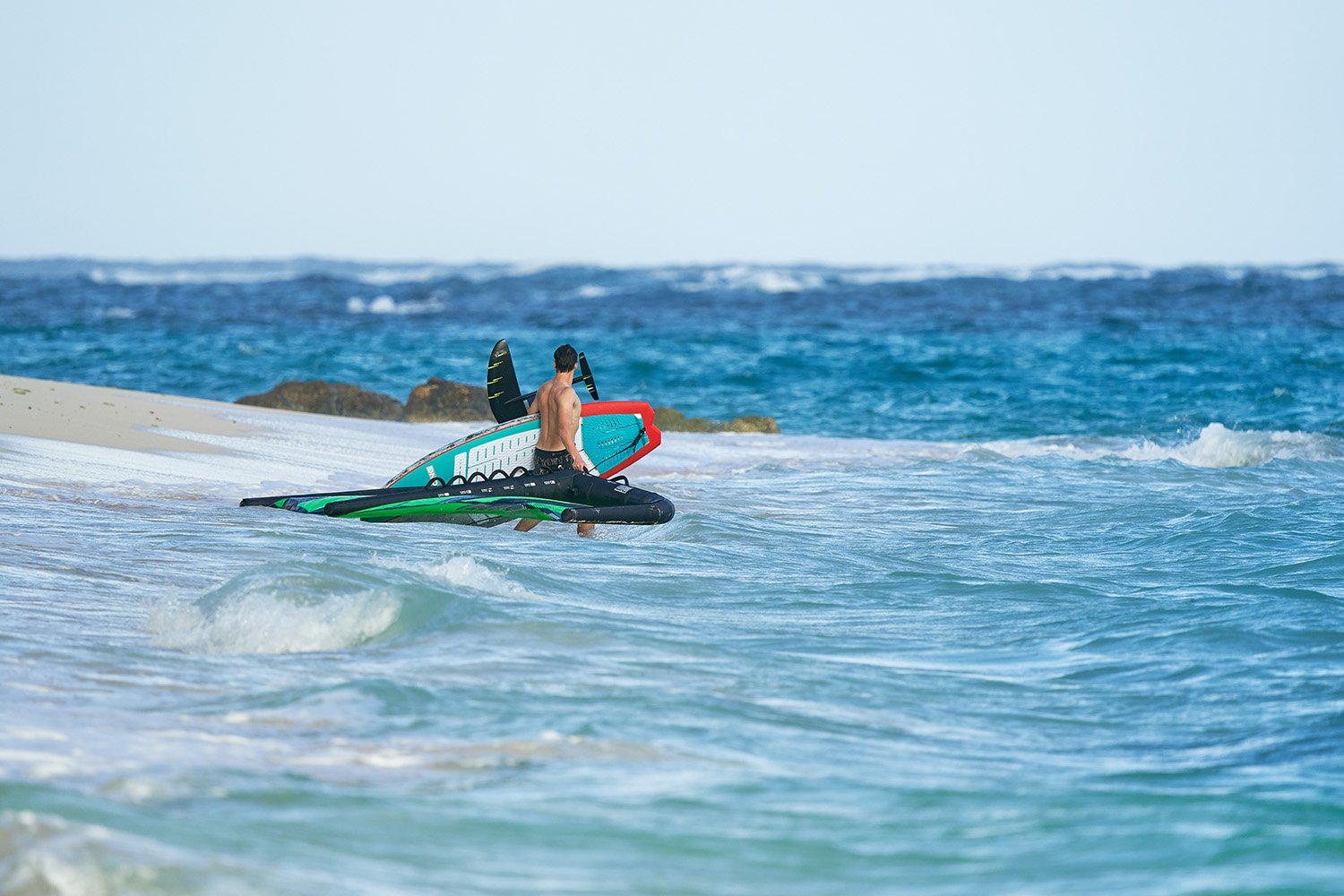
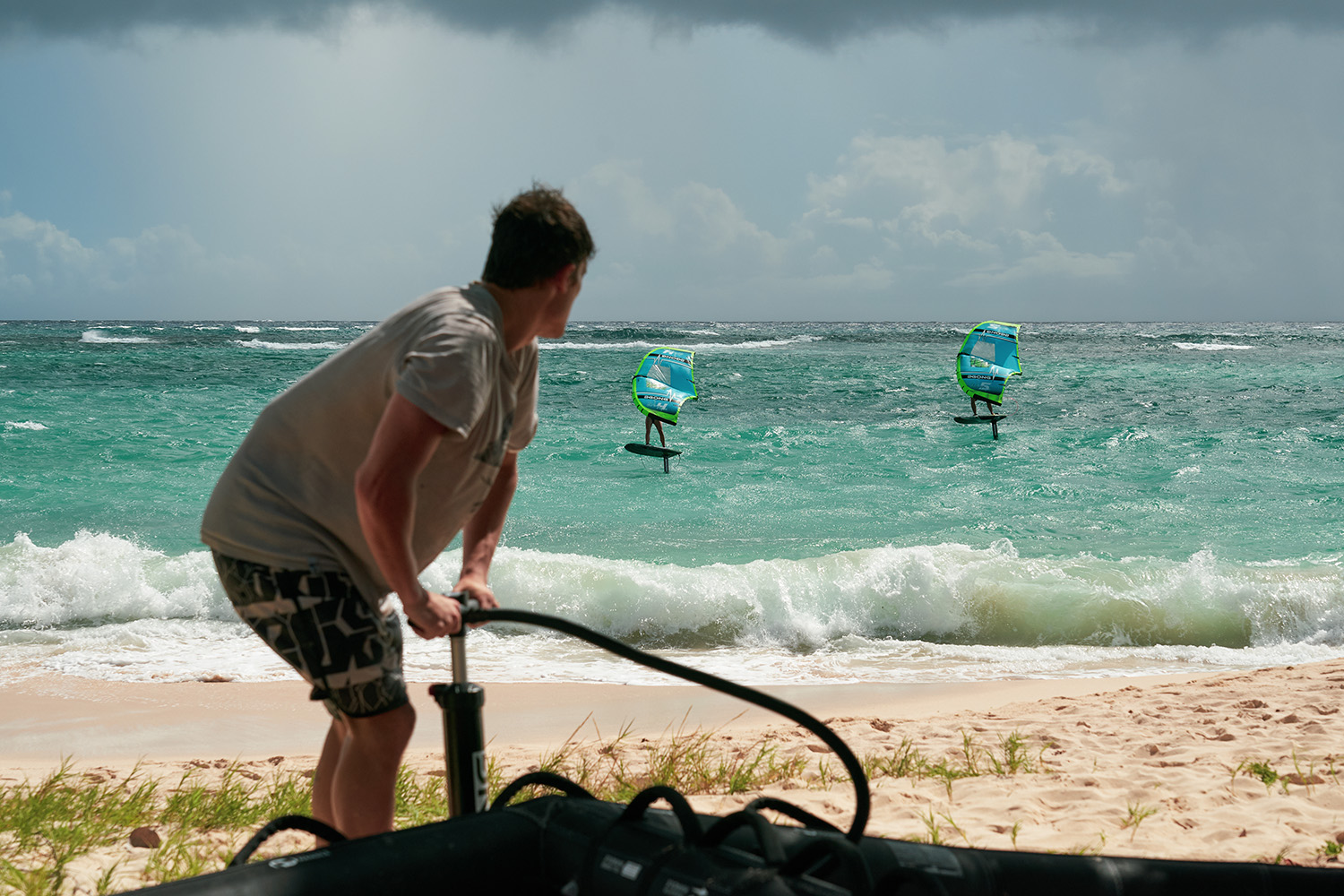

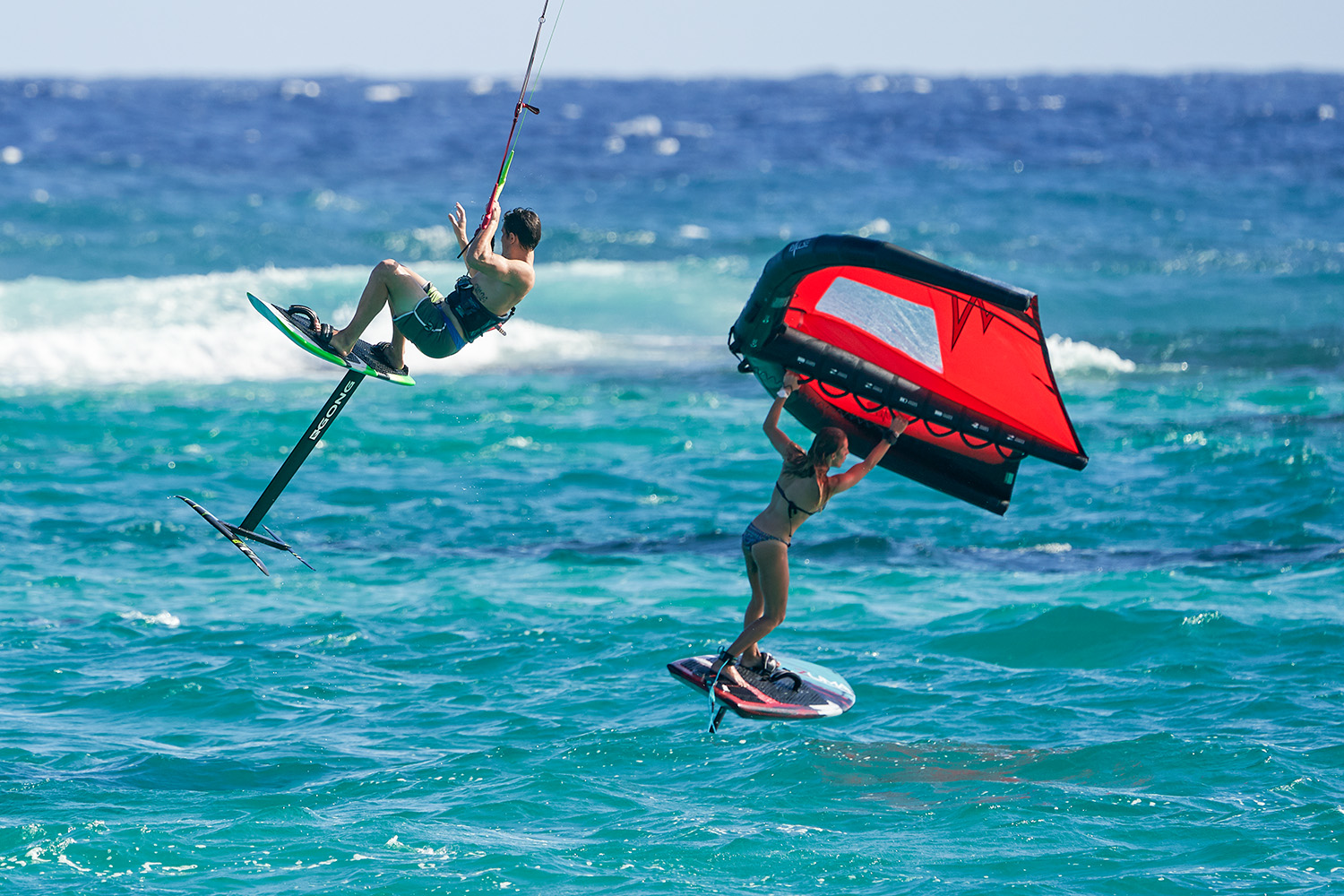


1 comment
Merci pour ce rappel. Les conseils sont logiques, mais parfois la passion l’emporte sur le raisonnement.